Place of Interest
Hadrian's Wall
A Guide to Exploring Hadrian's Wall
Stretching from east to west, sea to sea, for 73 miles across Northern Britain, Hadrian's Wall was the north-west frontier of the Roman Empire for over 300 years. In 1987, Hadrian's Wall was declared a World Heritage Site and is one of the UK's major historic tourist destinations. On your visit, discover the remarkable remains of ancient forts, milecastles and watchtowers that once guarded the empire's frontier. Whether you’re visiting specific sections of the wall, hiking its full length, or stopping at key landmarks, this guide will take you through everything you need to know on your visit to Hadrian’s Wall.
Getting to Hadrian’s Wall | Places to stay near Hadrian’s Wall | Things to do nearby
Getting to Hadrian’s Wall
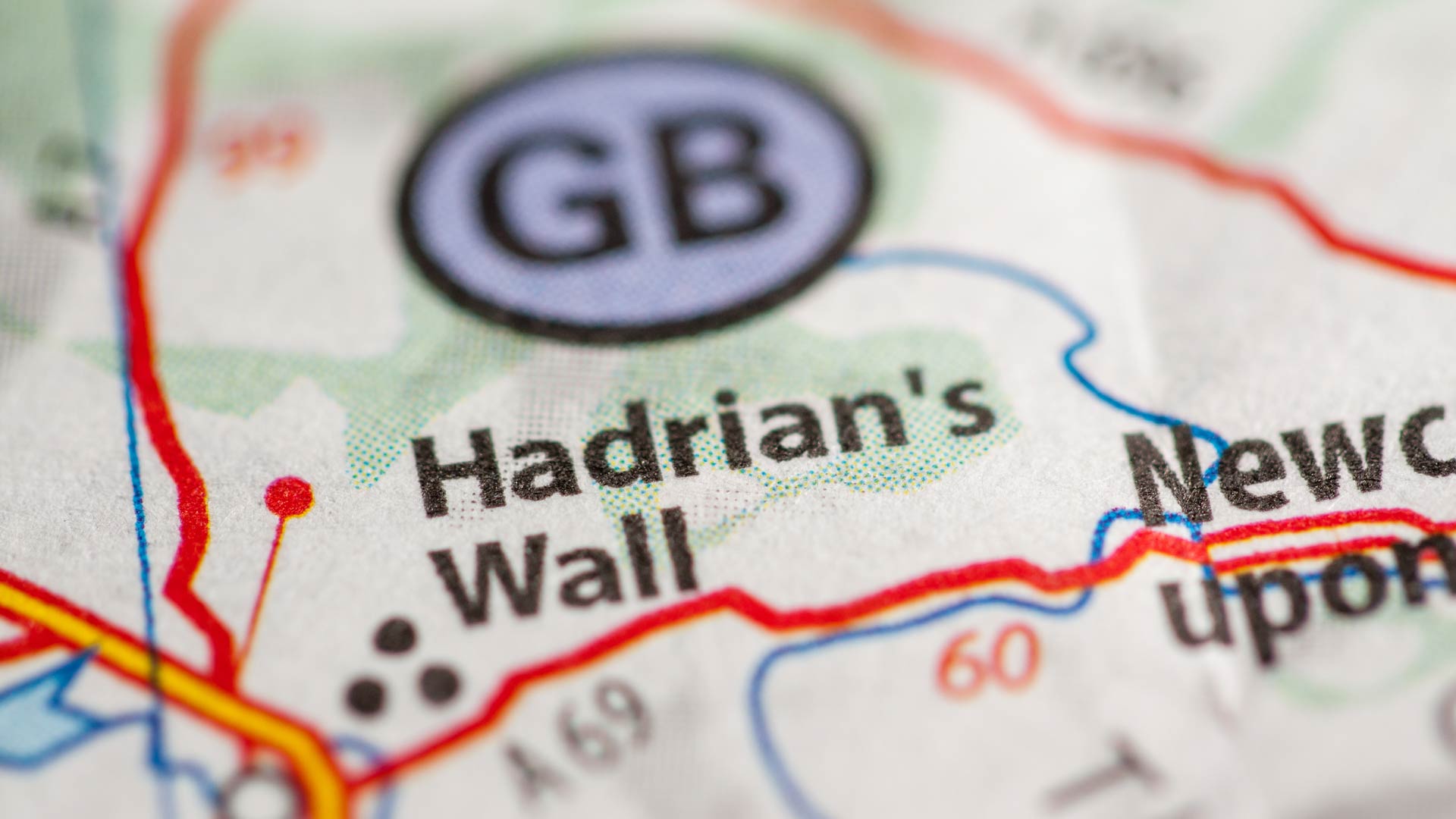
There are several ways to reach Hadrian’s Wall. The best way to see the wall is to travel on foot or by bike, but you can get to it via car or public transport.
Travelling to Hadrian’s Wall by car
To reach Hadrian’s Wall with ease, you can enter the postcode CA8 7DD (near Housesteads Roman Fort) into your satnav. This will guide you to one of the most central and accessible locations along the wall.
Alternatively, you can access Hadrian’s Wall using the following major routes:
- From the West: Take the M6 motorway.
- From the South: Use the A74(M) northbound (particularly if coming from southwest Scotland or connecting from the M6).
- From the East: Travel via the A1(M) to Newcastle, or take the A68, which connects Edinburgh and Darlington.
- The A69, running between Newcastle and Carlisle, closely parallels Hadrian’s Wall (about 2–5 miles to the south) and serves as the primary access route to many key sites.
Parking at Hadrian’s Wall
Parking availability at Hadrian’s Wall varies depending on which section you choose to visit. In more rural areas, parking can be minimal, so it's best to plan ahead. To avoid blocking narrow lanes, disturbing local farmland, or arriving to find no available parking, it’s recommended to use designated car parks at major sites including Housesteads Roman Fort, Birdoswald Roman Fort, Vindolanda and Chesters Roman Fort. In these locations, you’ll find pay-and-display car parks with space for cars and coaches, along with access to visitor centres and amenities.
Travelling to Hadrian’s Wall on public transport
There are several ways to reach Hadrian’s Wall using public transport. A good starting point is to travel by train to Newcastle Station or Carlisle Station, both of which have direct rail services from major UK cities. From either of these stations, you can take a local train on the Tyne Valley Line to Hexham, Haltwhistle, or Bardon Mill, which is the closest rail station to various sections of Hadrian’s Wall.
If you want to travel by bus, the AD122 Hadrian’s Wall Country Bus is a seasonal bus route which runs from April to October between Hexham and Haltwhistle. This bus covers many key Roman sites along the wall, including Chesters, Housesteads, Vindolanda, and Birdoswald.
Places to stay near Hadrian’s Wall
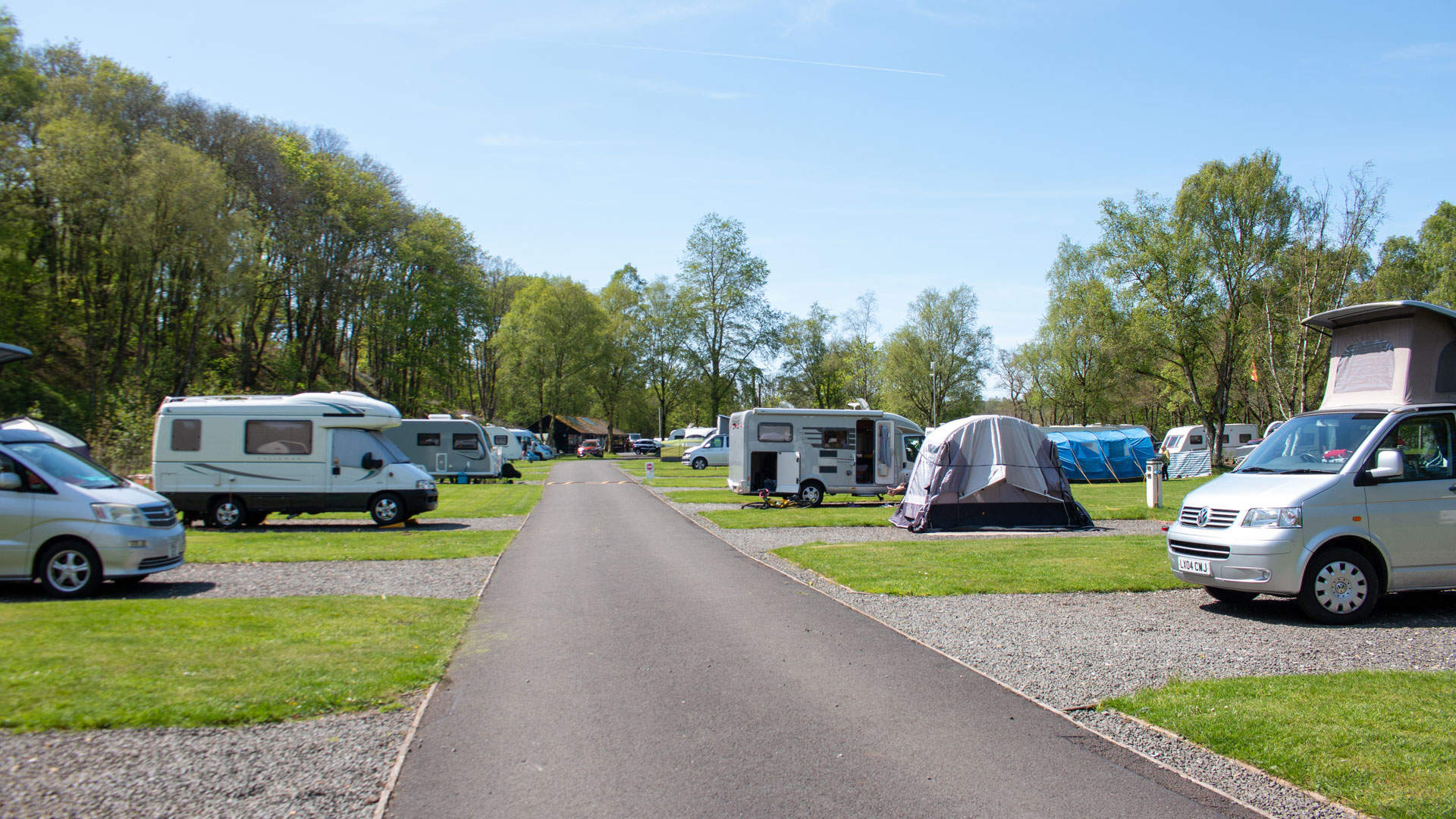
There are plenty of incredible places to stay while exploring Hadrian’s Wall. Popular campsites near Hadrian’s Wall are Haltwhistle Club Site and Bellingham Club Site.
Haltwhistle Club Site is nestled within Bellister Wood, which was once part of the historic Bellister Castle Estate and is now managed by the National Trust. The campsite is a true haven for wildlife lovers as you’ll find yourself sharing your pitch with rabbits, woodpeckers, and other incredible animals.
The campsite is ideally located for exploring Hadrian’s Wall. Whether you prefer a scenic 40 to 50 minute walk to the wall or a quick 6 to 10 minute drive, the wall is easily accessible, making Haltwhistle Club Site a perfect base for discovering this iconic Roman frontier.
A little further afield is Bellingham Club Site. This campsite is roughly 20 to 30 minutes away from Hadrian's Wall, where you can explore top attractions such as Chesters Roman Fort, Housesteads, and Brocolitia.
Things to do near Hadrian’s Wall
The Roman emperor, Hadrian, began constructing Hadrian’s Wall in AD 122 in order to establish the northern boundary of the empire and control northern tribes from infiltrating. Today, visitors can step back in time and experience what it was like for those stationed by the wall. You’ll get to explore ancient forts and museums or walk along scenic stretches of the historic frontier.
Hadrian’s Wall walking paths
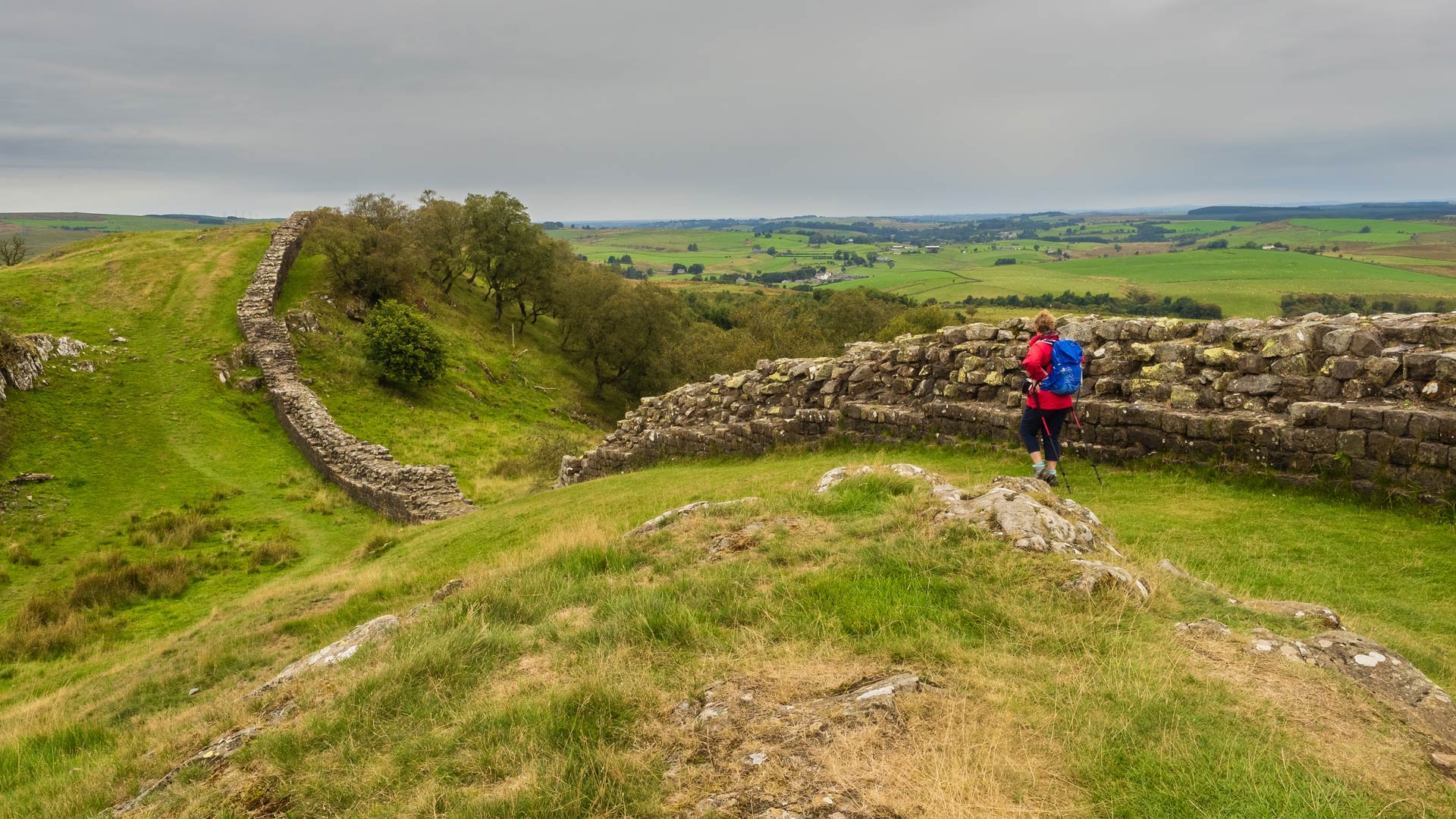
Walking and cycling along Hadrian’s Wall is one of the most popular ways to experience the stunning landscapes and rich history of this UNESCO World Heritage Site. Whether you want a short leisurely stroll or a more challenging walk, there are a number of different routes you can take.
1. Chesters Roman Fort and Humshaugh Village Circular Walk
This 2.5-mile circular route takes you around Chesters Roman Fort, the village of Humshaugh, and its historic church. It’s an easy to moderate walk that typically takes around 45 to 50 minutes to complete.
While you can start the route from several points, the most convenient starting location is near Military Road (postcode: NE46 4ES).
Ideal for those seeking a longer walk, the Corbridge Circular Walk covers 6 miles, with a total ascent of around 172m, and takes approximately 2 hours. It’s a relatively easy walk that follows a combination of main roads, farmland paths, and riverside trails. Along the way, you’ll pass historic kilns and castles and may spot local wildlife, all while enjoying expansive views over the Tyne Valley.
3. Housesteads, Once Brewed and Roman Vindolanda Circular Walk
For a more challenging adventure, this 7.5-mile circular trail offers a deep dive into Roman Britain. Expect steep inclines, off-road terrain, and a range of landscapes. The walk takes roughly 4.5 hours to complete and includes visits to:
- Hadrian’s Wall
- Housesteads Roman Fort and Visitor Centre
- Roman Military Way
- Stanegate Roman Road
- Roman Vindolanda
- The Sill: National Landscape Discovery Centre
This route is ideal for keen walkers who want to combine physical challenge with historical discovery.
Hadrian’s Cycleway (National Cycle Route 72)
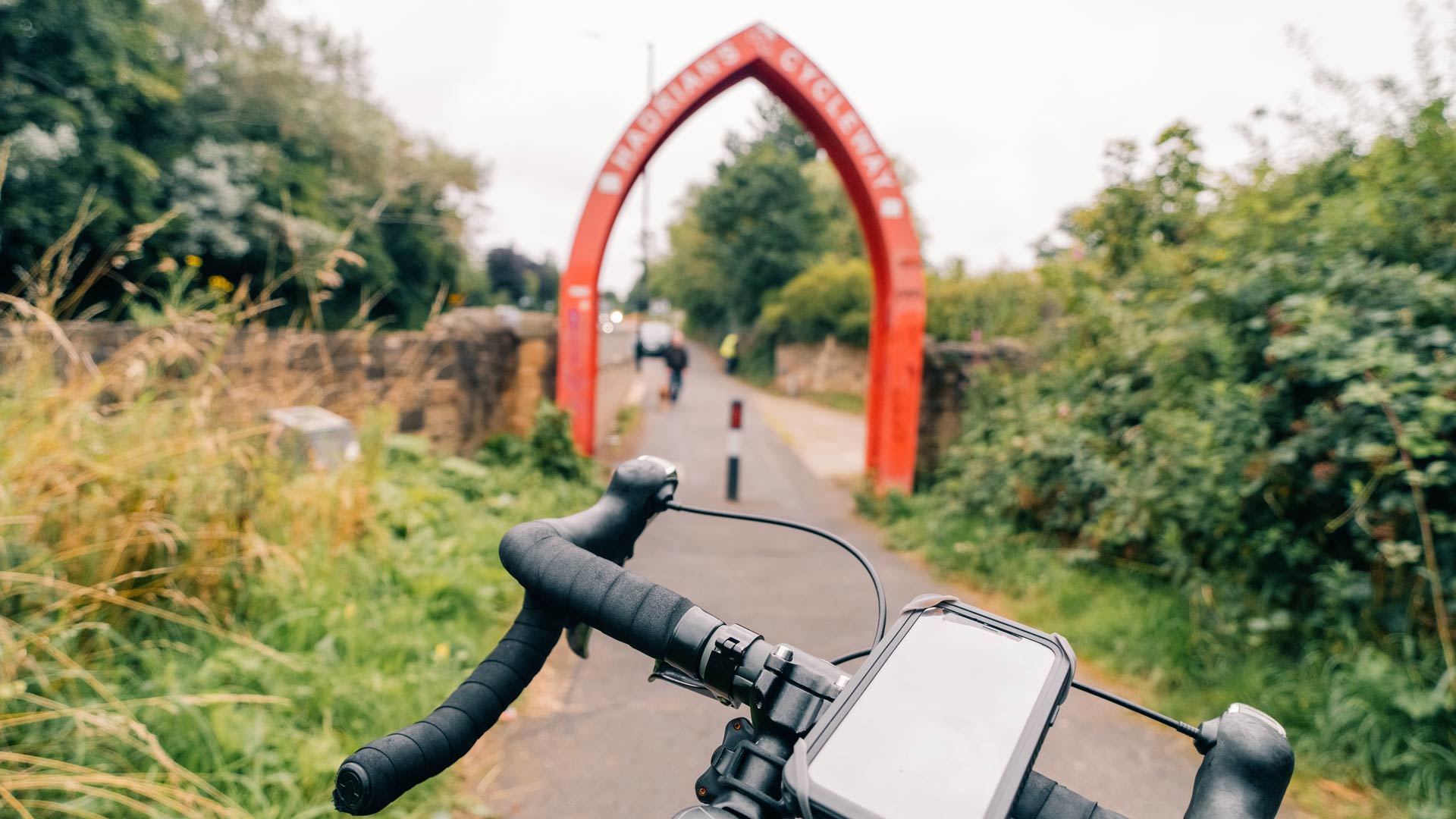
Do you enjoy cycling? Why not take on the Hadrian’s Cycleway, also known as Route 72. This popular long-distance route stretches 174 miles and roughly follows the line of Hadrian’s Wall, taking you on a scenic coast-to-coast journey from Ravenglass in Cumbria to South Shields in Tyne and Wear.
The route features a mix of quiet country lanes, traffic-free cycle paths, riverside trails, and occasional gentle hills, making it ideal for riders of all abilities. Whether you’re a seasoned cyclist or just starting out, the route is mostly well-surfaced and clearly signed, with plenty of opportunities to pause and explore historic sites at your own pace.
Along the way, you’ll pass by some incredible landmarks, including Roman forts, castles, and historic market towns, all set within the beautiful northern English landscape.
Need a place to rest and recharge? Haltwhistle Club Site is cycle-friendly and welcomes backpackers. It offers much-needed facilities, including hot showers, toilets, washing machines, and a peaceful pitch to recover after a day on two wheels.
Horse riding near Hadrian’s Wall
A unique and memorable way to experience Hadrian’s Wall is by horse riding through the stunning countryside. Several local riding centres offer guided treks and trails that allow you to explore Roman ruins, historic landmarks, and stunning countryside from a fresh perspective. Whether you’re a complete beginner or a confident rider, you’ll find an experience that suits your abilities.
Landmarks near Hadrian’s Wall
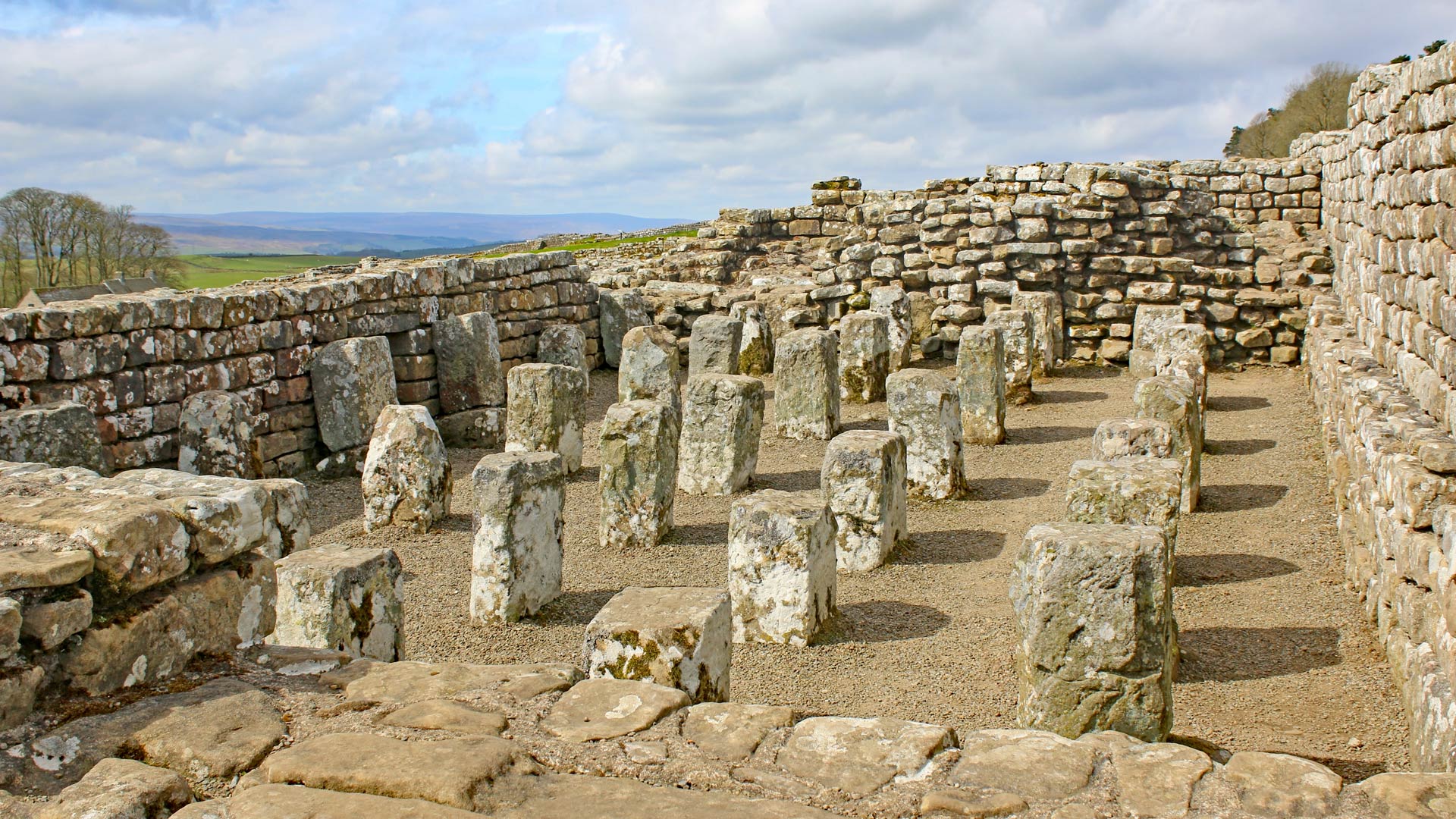
Alongside Hadrian’s Wall, there are many fascinating landmarks that showcase Roman architecture, culture, and daily life. These sites offer visitors a deeper understanding of Roman Britain, making it perfect for history enthusiasts and explorers.
Roman fortresses:
The Romans created a network of forts designed to protect the frontier and house troops. These impressive structures were not only used for defensive purposes, but they were also a bustling centre for daily Roman life. Many still remain and are well preserved, so visitors can turn back the clocks and take a glimpse into Roman Britain. Here are some popular Roman forts to discover while you visit Hadrian’s Wall.
- Housesteads
- Segedunum
- Arbeia
- Chesters
- Vindolanda
- Birdoswald
- Carrawburgh
- Great Chesters
- Magnis
- Milecastle 39
Temple of Mithras
Located at Carrawburgh, the Temple of Mithras is a well-preserved Roman religious site dedicated to the god Mithras. This landmark was built in the 3rd century and was an underground cave design that symbolised the god's birth from a rock. On your visit, you can learn more about the temple and why it was so important and popular among Roman soldiers.
Roman towns
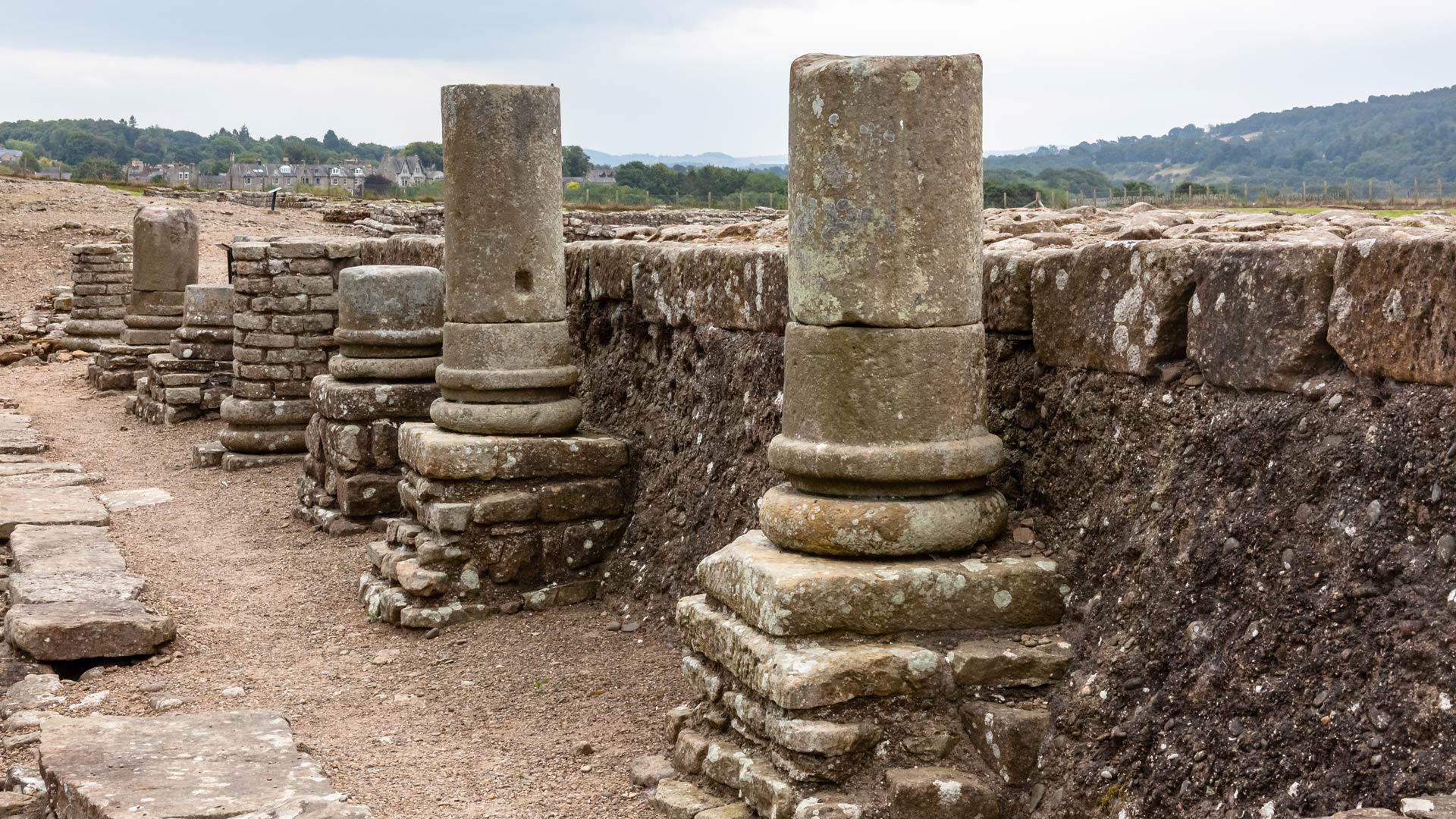
If you want an insight into how the Romans lived, worked and worshipped around Hadrian's Wall, visit Corbridge Roman Town.
This town was founded before Hadrian began building the wall. It's the northernmost town in the Roman Empire and provided goods and services for the garrisons on Hadrian's Wall. You can still walk along the original Roman main street and explore the remains of granaries, workshops, and other town buildings.
While visiting, remember to see the Corbridge Hoard, which is a Roman time capsule buried in the 2nd century AD and includes well-preserved items from a Roman workshop, such as armour and other soldier possessions.
Vindolanda Civilian Settlement:
Just on the south of Hadrian's Wall lies Vindolanda Civilian Settlement. Here you can strike a conversation with the archaeologists who are on the site and perhaps see any artefacts which are discovered on the day. If there’s no one around, visit the museum for a deeper insight and to see rare finds.
